Niger Flag Meaning
Three horizontal stripes of orange, white, and green with an orange circle centered on the white stripe, representing the Sahara Desert, the Niger River, and the fertile south, with the sun symbolizing hope and determination.
- Continent
- Africa
- Adopted
- 1959
- Ratio
- 6:7
- Colors
- orange, white, green
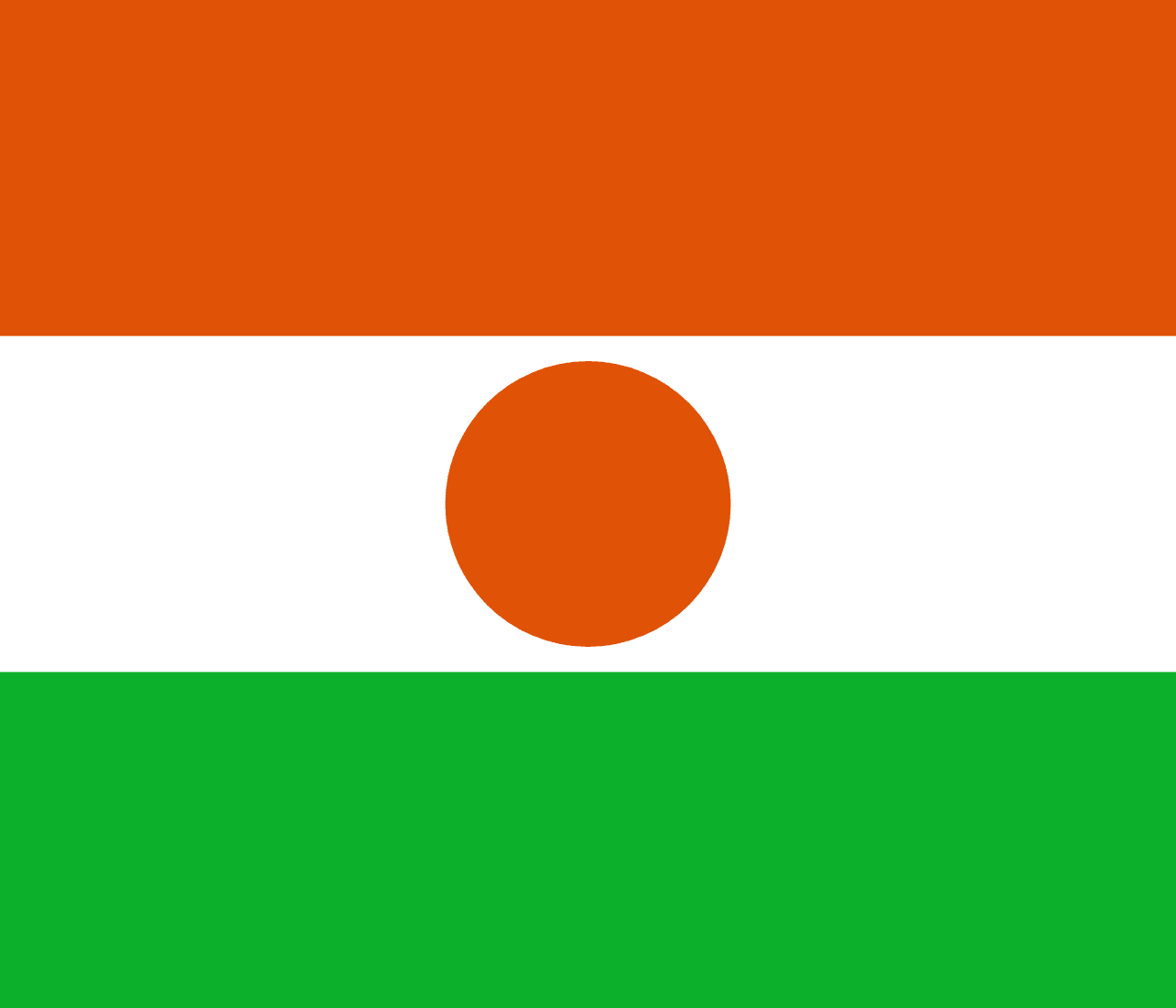
Symbolism
Orange Stripes: Represent the Sahara Desert that covers the northern regions of Niger, symbolizing the harsh but beautiful landscape and the resilience of people living in arid conditions.
White Stripe: Symbolizes purity, innocence, and the Niger River that gives the country its name and provides vital water resources for agriculture and transportation in this landlocked Sahel nation.
Green Stripe: Represents the fertile agricultural lands of southern Niger, hope for the future, and the country's potential for growth and prosperity despite challenging environmental conditions.
Orange Circle (Sun): Symbolizes the sun that shines intensely over Niger, representing hope, determination, and the energy of the Nigerien people. Also represents sacrifice and the willingness to give one's life for the nation.
Geographic Representation: The flag depicts Niger's geography from north to south: the Sahara Desert, the Niger River valley, and the more fertile Sudanian savanna regions near the southern border.
History
- 1922-1960: Niger was part of French West Africa, using French colonial flags while traditional Hausa, Fulani, and Tuareg communities maintained their own symbols and cultural practices.
- 1958: Niger became an autonomous republic within the French Community, beginning the transition toward independence and the development of national symbols.
- November 23, 1959: The orange, white, and green tricolor with orange sun disc was officially adopted as Niger's national flag, one year before gaining full independence.
- August 3, 1960: Niger gained independence from France, and the flag was raised over the new nation during independence celebrations in the capital, Niamey.
- 1960-1974: Under the First Republic, the flag became established as a symbol of national unity among Niger's diverse ethnic groups and regions.
- 1974-1999: Through various military governments and political changes, the flag remained constant, serving as a symbol of continuity despite political instability.
- 1999-Present: Under democratic governments and recent political transitions, the flag continues to represent Niger's identity as a Sahel nation bridging North and West Africa.
Trivia
- Niger's flag is one of the few national flags featuring a perfect circle as a central element, making it instantly recognizable among African flags.
- The orange circle was specifically positioned to be centered on the white stripe, creating perfect geometric balance and visual harmony in the design.
- Niger is named after the Niger River, which despite giving the country its name, only flows through the southwestern corner of this largely desert nation.
- The flag's adoption in 1959 made Niger one of the last French colonies to adopt its national flag before independence, showing careful preparation for sovereignty.
- The orange color represents not only the Sahara but also Niger's significant uranium deposits, which became crucial to the country's economy after independence.
- Niger's flag shares colors with several other West African nations but is unique in its combination and the prominent sun symbol in the center.
- The flag appears on Niger's CFA franc banknotes alongside images of wildlife and traditional architecture, connecting national identity with cultural heritage.
- During the severe droughts of the 1970s and 1980s, the flag's symbolism of hope (the sun) became particularly meaningful for the struggling population.
- The flag's ratio of 6:7 is relatively uncommon among world flags, giving it distinctive proportions when displayed alongside other national flags.
- Niger is one of the world's poorest countries despite uranium wealth, making the flag's symbolism of hope and potential particularly poignant.
- The Tuareg people of northern Niger have historically used blue as their symbolic color, but the national flag's orange represents their desert homeland.
- Niger's flag protocol requires respectful display, and it's prominently featured during National Day celebrations on December 18 (Republic Day).
- The flag has remained unchanged through multiple coups and political transitions, demonstrating its acceptance across different political factions and ethnic groups.
- International development organizations often use the flag's symbolism in programs addressing desertification and climate change adaptation in the Sahel region.
- The flag appears at African Union meetings where Niger plays an important role in regional security and anti-terrorism efforts in the Sahel.
Related Countries
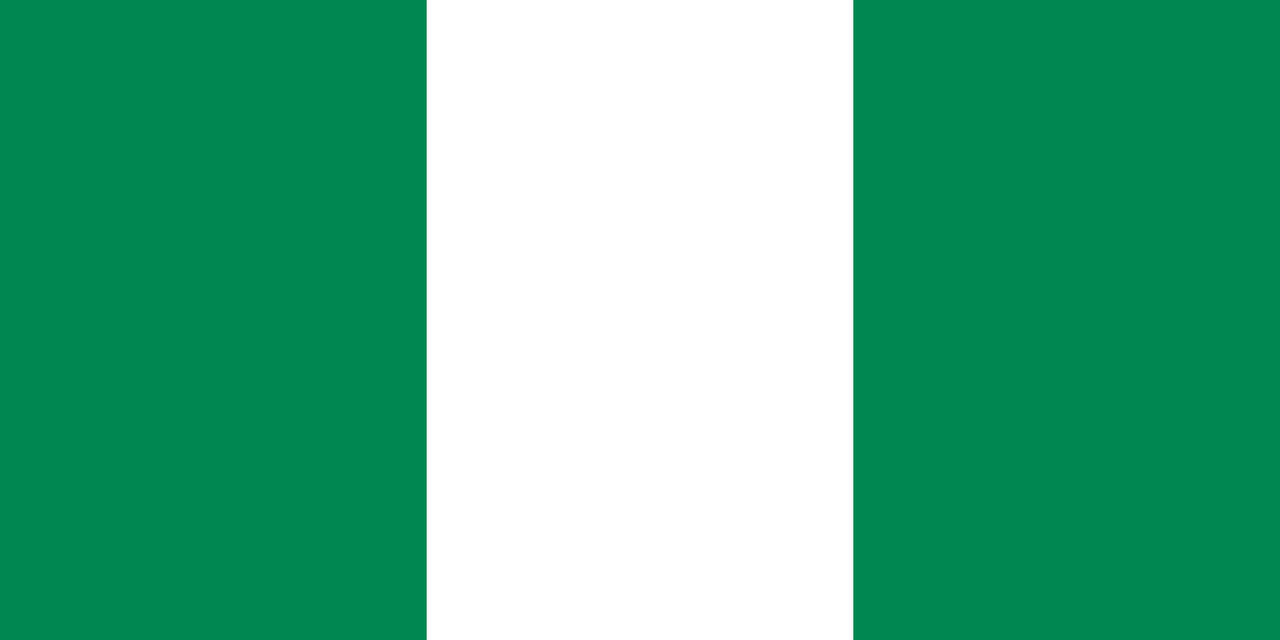
Nigeria
Africa
A vertical tricolor of green, white, and green. The flag was adopted at independence in 1960 and represents agriculture, unity, and peace.
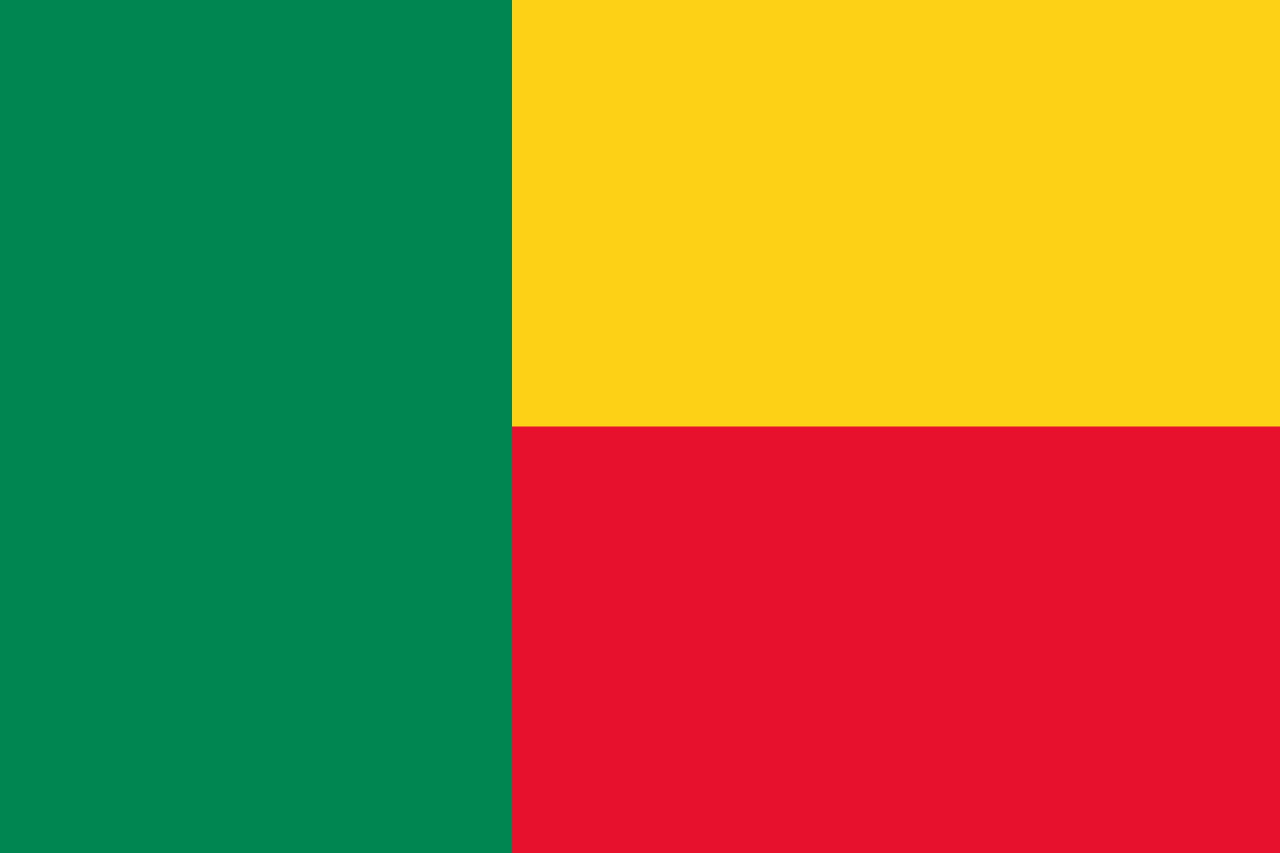
Benin
Africa
A vertical green stripe on the hoist side with horizontal yellow and red stripes on the fly side, representing the forests and hope of the nation, the savannah and mineral wealth, and the courage and blood of the ancestors, using the Pan-African colors that symbolize African unity and liberation.
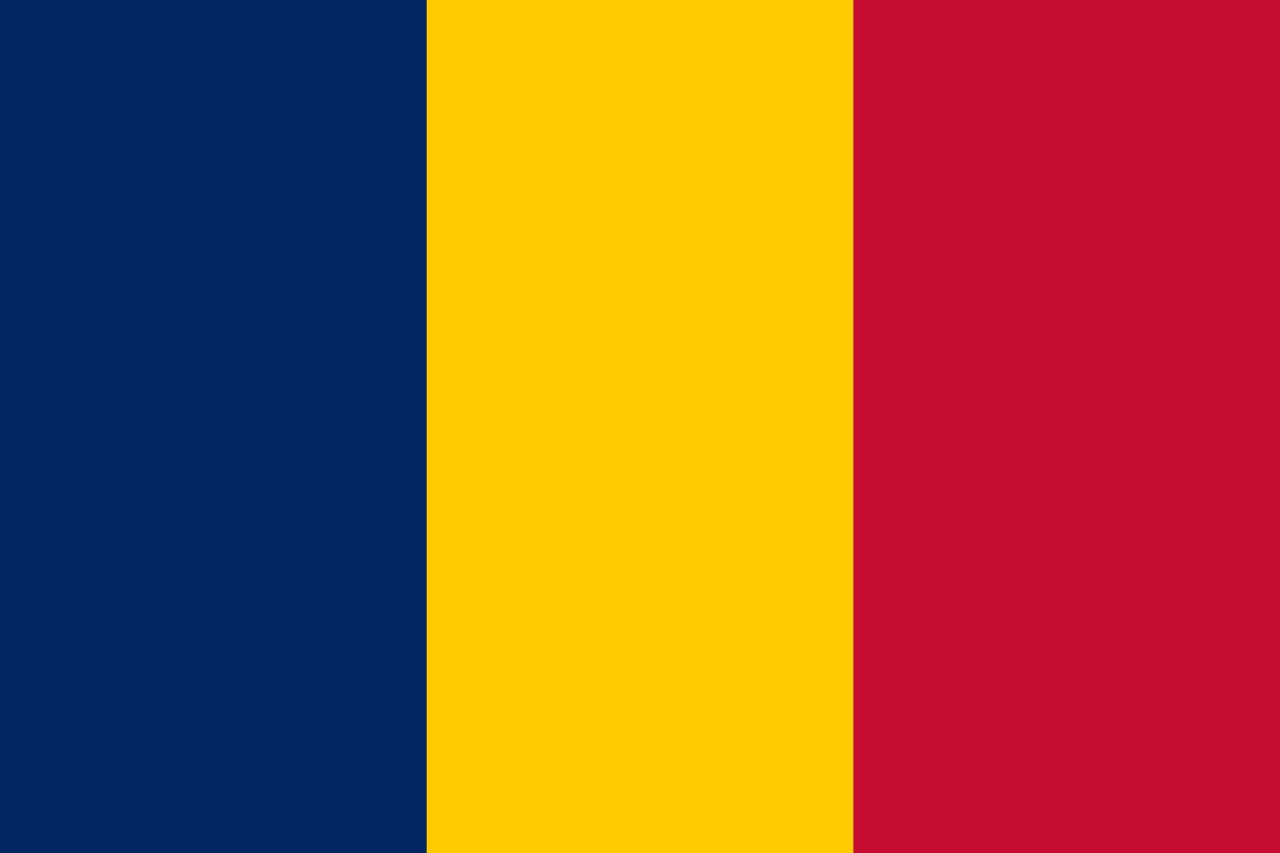
Chad
Africa
Three vertical stripes of blue, yellow, and red representing Chad's geographic diversity from the waters and sky in the north to the desert and savannas, adopted on the eve of independence from France.
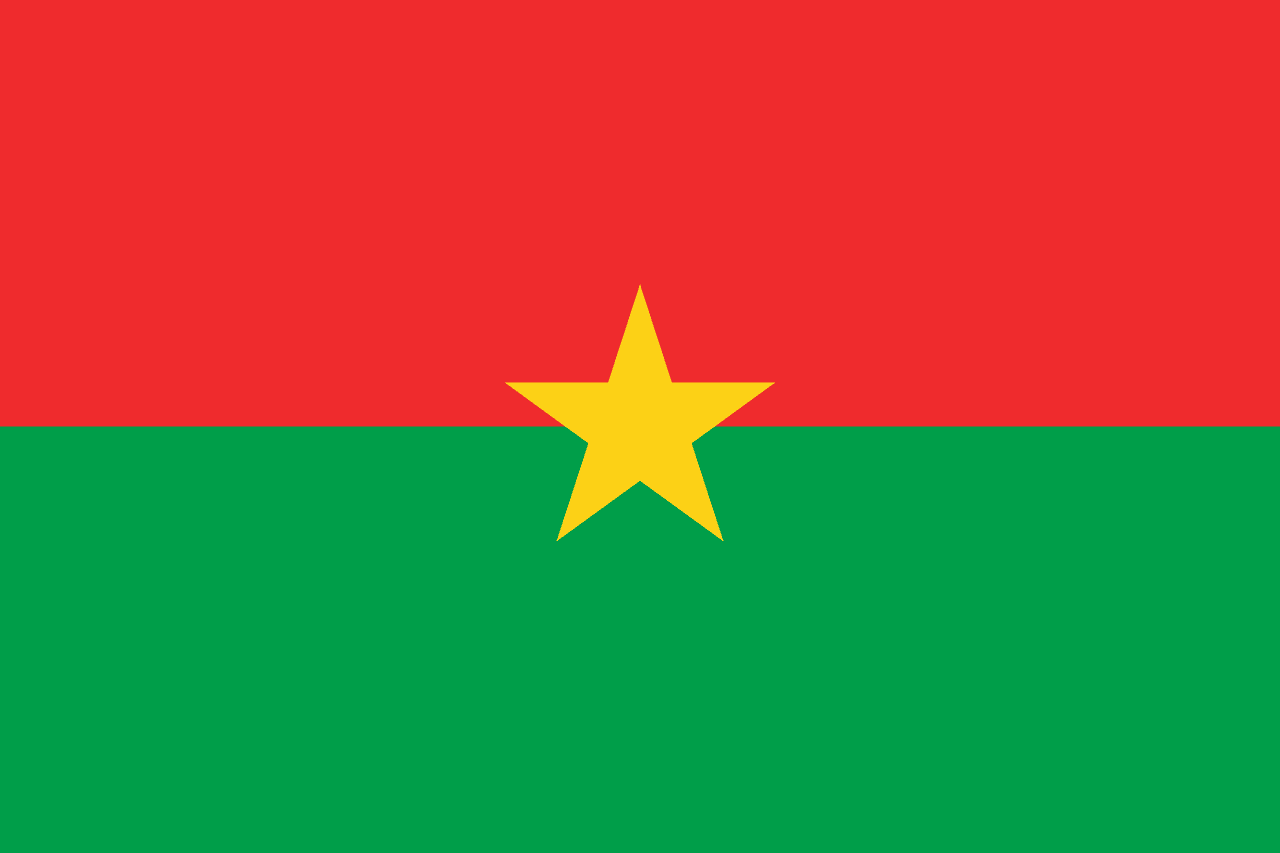
Burkina Faso
Africa
Two horizontal bands of red and green with a yellow five-pointed star in the center, representing the revolutionary ideals, agricultural wealth, and mineral resources of the nation, adopted when the country changed its name from Upper Volta.
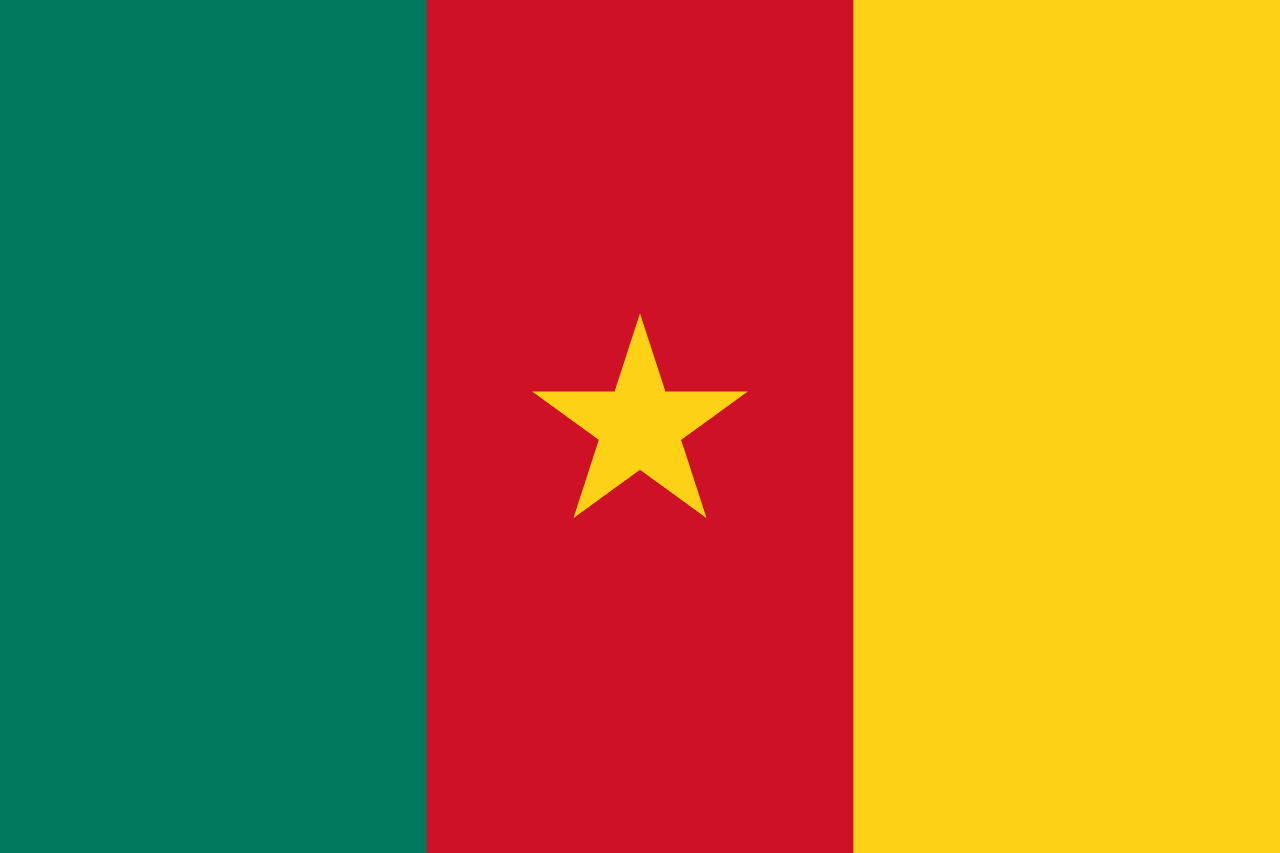
Cameroon
Africa
Three vertical stripes of green, red, and yellow with a yellow five-pointed star in the center of the red stripe, representing the forests, unity, the sun and savanna, and the unity of the diverse peoples of Cameroon.
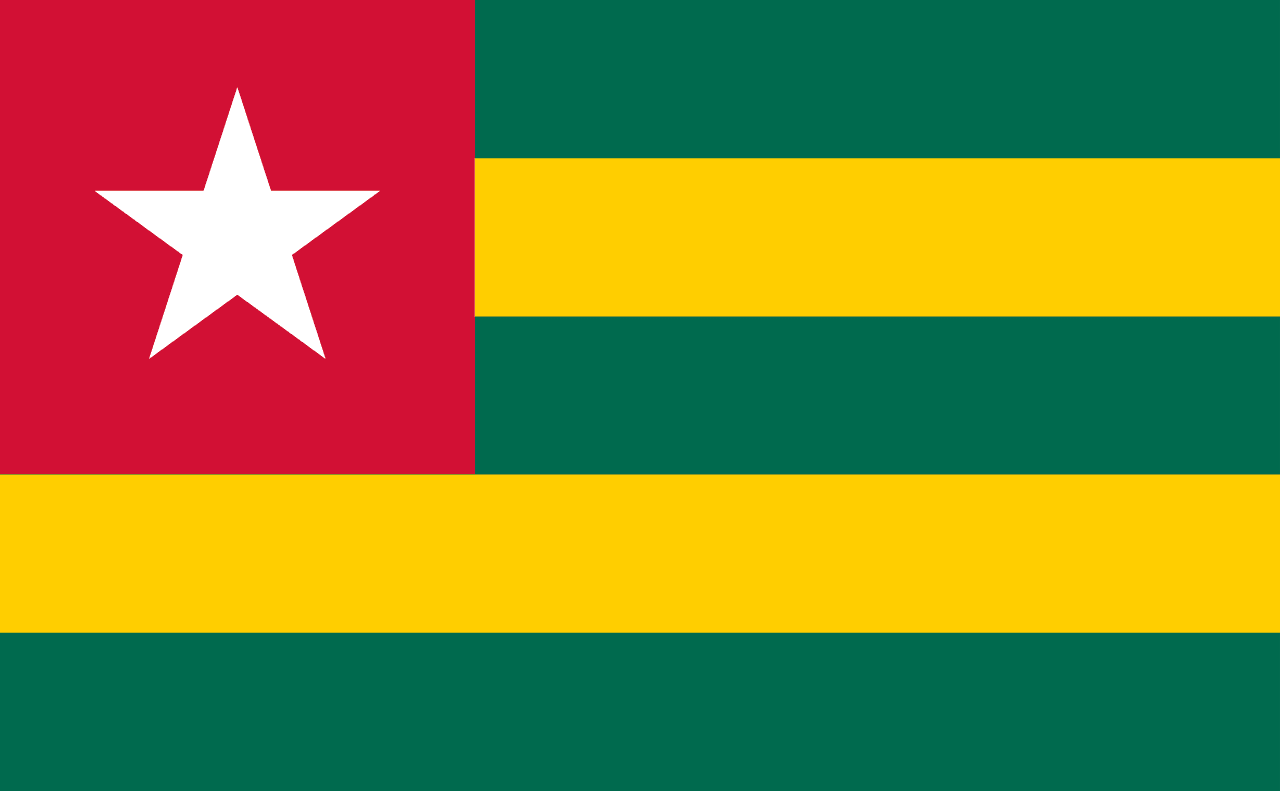
Togo
Africa
Five horizontal stripes alternating green and yellow with a blue canton containing a white five-pointed star, representing the country's forests and agriculture, mineral wealth, the blood shed for independence, hope and purity, and the unity of the Togolese people under one star.